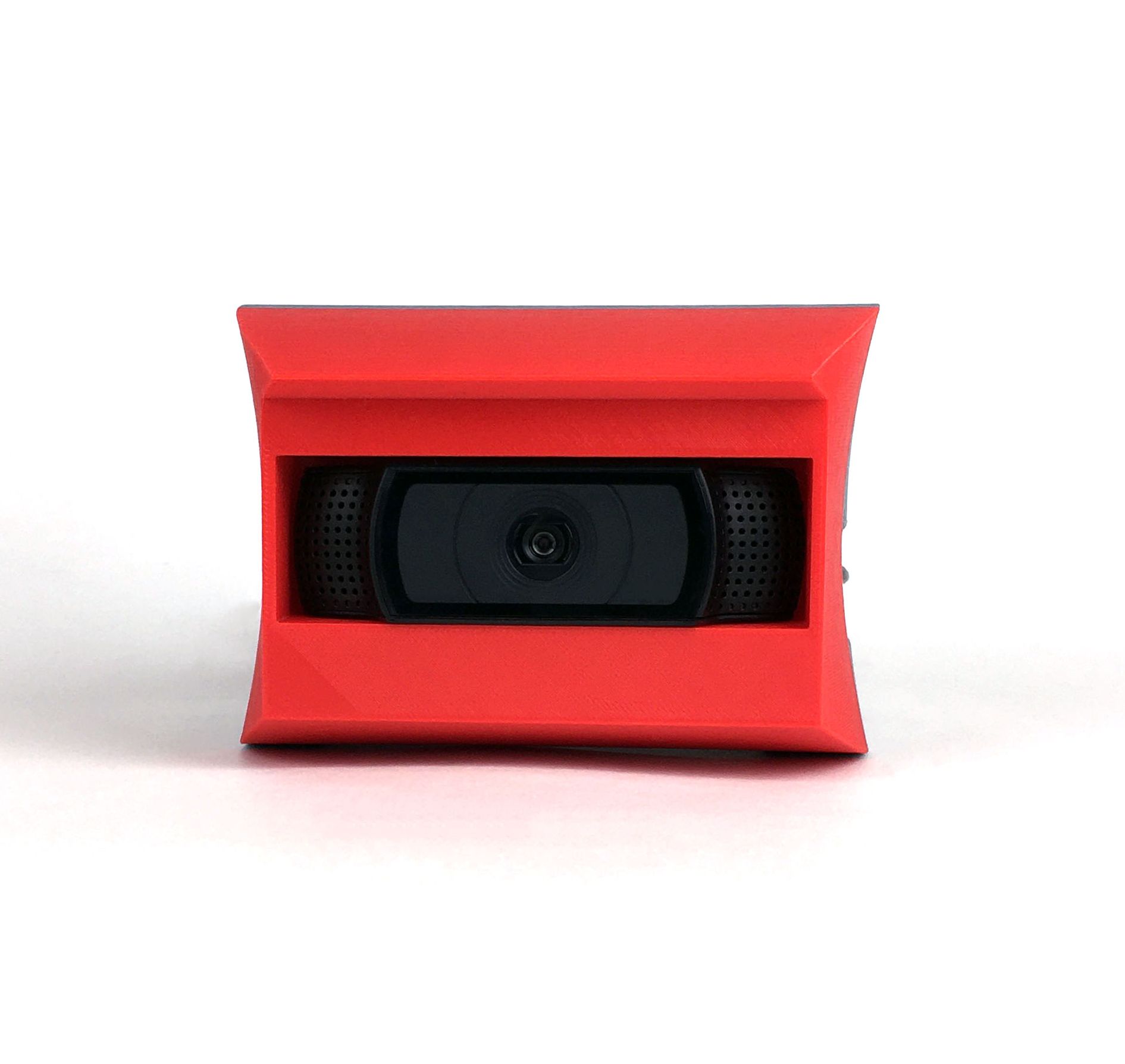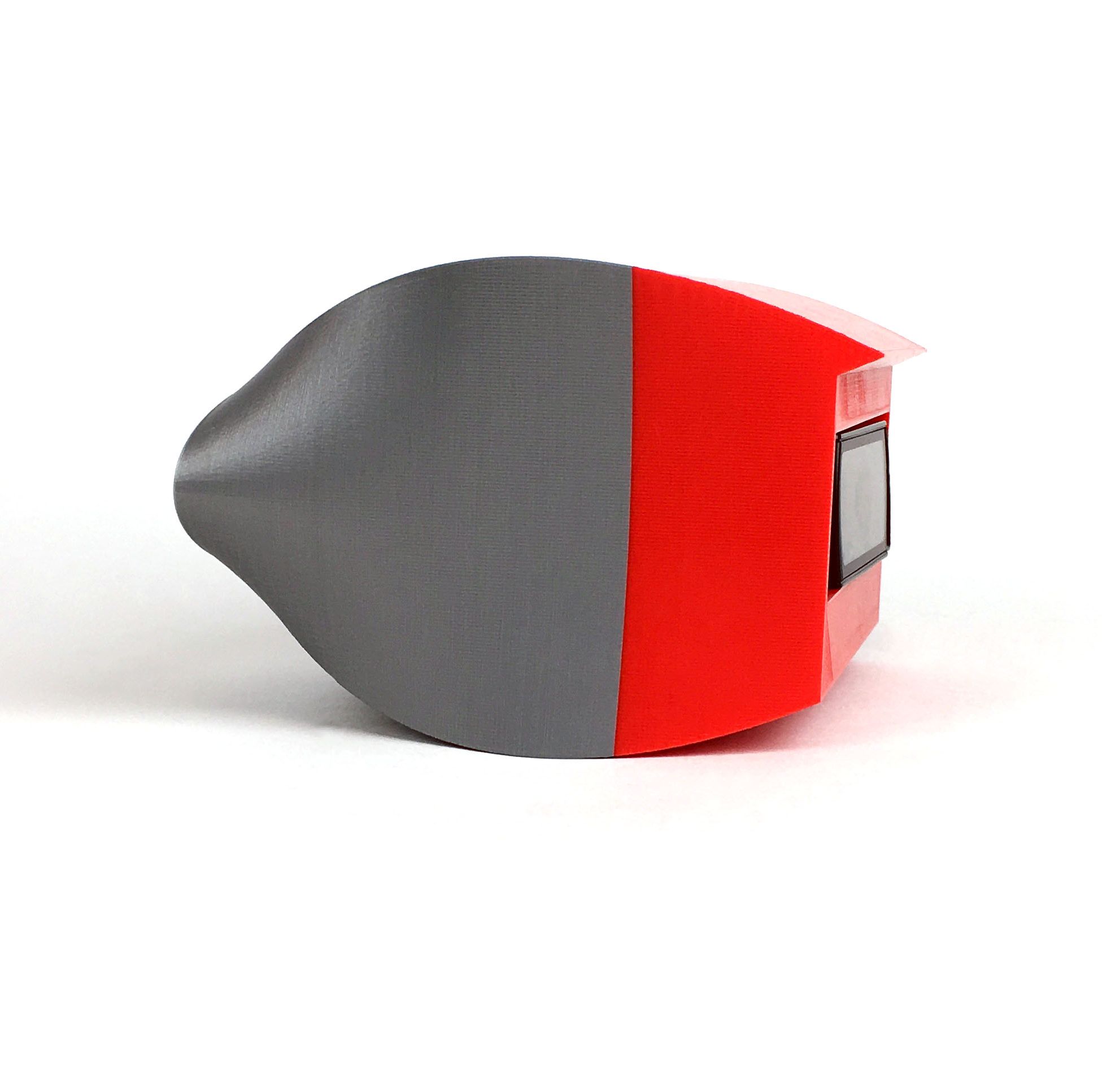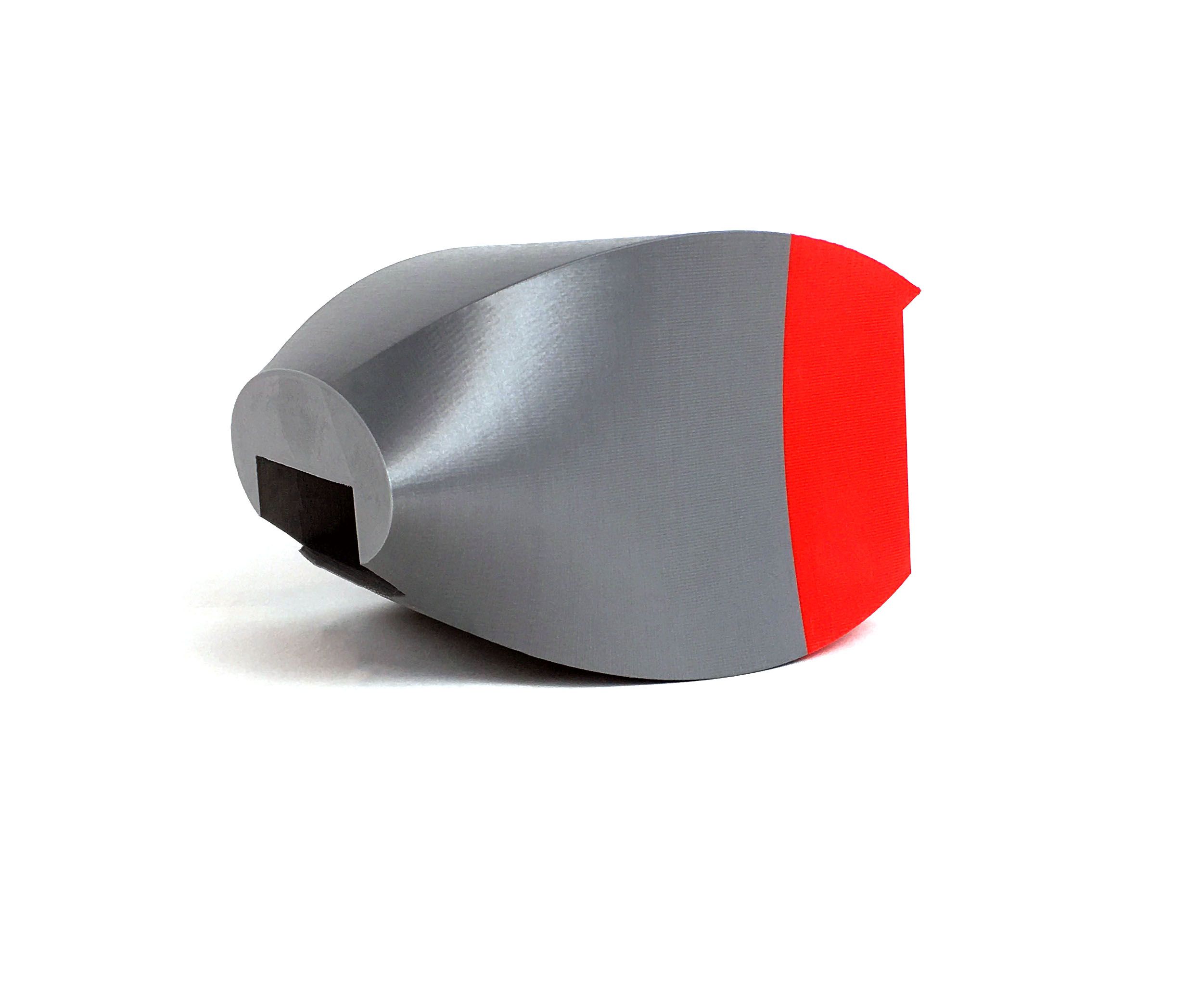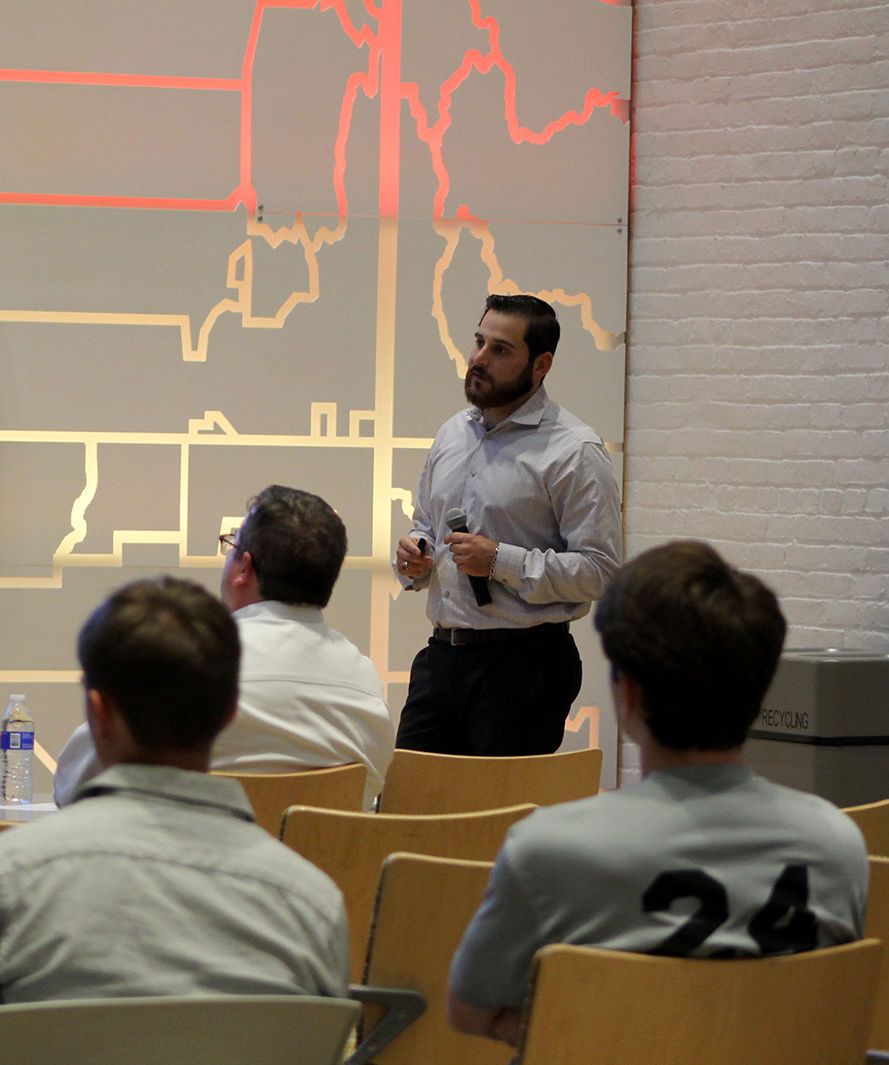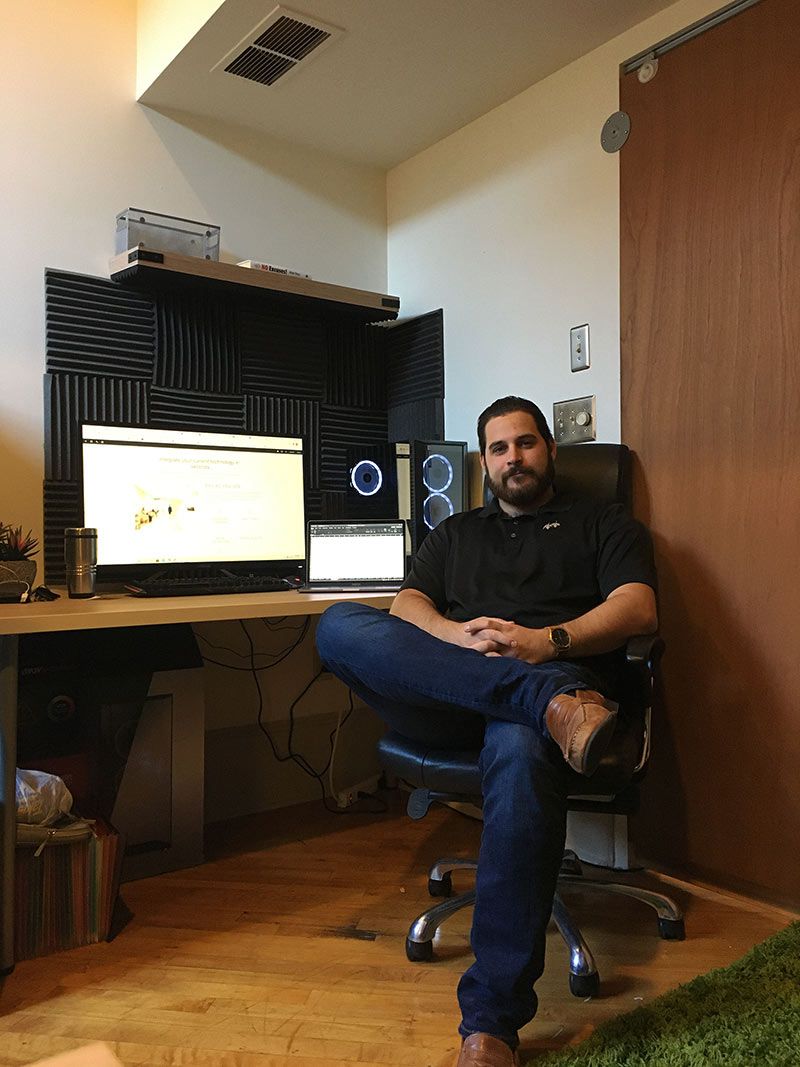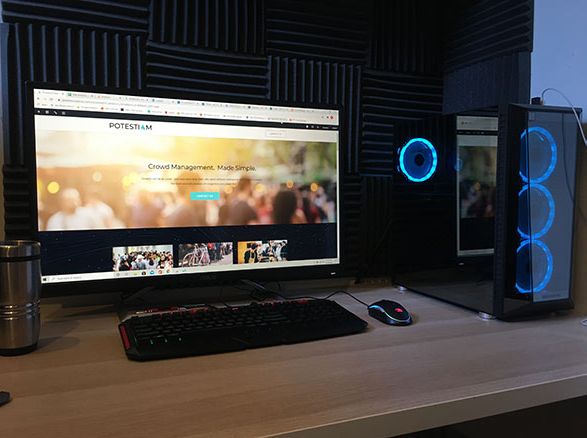Ski and snowboard enthusiast Nicholas Yarnall ’20 M.Eng. started a business around a problem he was passionate about—optimizing ski lift traffic. But when COVID-19 caused the industry to pull back, this recent graduate of Lehigh’s Technical Entrepreneurship master’sprogram took his crowd-management technology in a new direction, helping businesses reopen safely and operate efficiently during the pandemic.
How did you develop an interest in entrepreneurship?
Prior to coming to Lehigh, while I was an undergrad at Temple University, I interned at NextFab, a Philadelphia company that offers a makerspace for early stage startup companies. That really got the wheels turning and piqued my interest in entrepreneurship. After graduation, I went to work in finance for a year, but I missed being my own boss and being a part of the entrepreneurial community.
At NextFab, I was interviewing the leaders of early stage companies operating in that space. One of them was Tozuda. Its founder, Jessie Garcia, graduated from the Technical Entrepreneurship (TE) graduate program, and she spoke volumes about it. That put Lehigh on the map for me. Then, later, a few of my friends who also graduated from Temple did the TE program and went on to start their own ventures. I thought, if there's three people I know who can do it, then absolutely, I can do it, too. While I was at Lehigh, I did as much as I could to absorb all of the information that was given to me and get the most out of this investment in myself.
What was your experience like as a master’s student?
Coming in, I just assumed that everybody would have the same mindset and a relatively similar background in entrepreneurship. That wasn't the case, and it worked out to my benefit. I was able to connect with all the students in the cohort, whether they were computer engineers, captains of the football team, or into film and the arts. It was a melting pot of all of these experiences, and that diversity played into our personal development over the course of the year.
Could you describe some of the most important takeaways from TE?
There’s so much I learned in TE that I use on a day to day basis. We dug really deep into financial projections, accounting for professional service providers, establishing a network and building the company around those areas. I've been able to leverage the networking documents we built upon. And the financial projections we worked on—that's when I really first started my company. I kept building on those documents throughout the year, and when I graduated, it just snowballed from there.
What is it like to be in graduate school while simultaneously working on a startup?
When I started the program, I already had a company, E.3D, LLC, and I did emergency 3D printing for disaster relief. I had been to areas like Puerto Rico and Guatemala, assessing situations following recent natural disasters. Frankly, TE helped me figure out what was wrong with it. It turned out the business wasn't super economically viable, and I wound up changing my path toward the ski industry. I've been passionate about snowboarding and skiing for the past 14 years. The program forced me to narrow down on some possible problem areas within the ski industry to target. I started talking to stakeholders and drilled deeper into these problems to come up with potential viable solutions that a company could be built around. That's how the company I'm running right now got started.

Let's use that as the segue for you to tell us about your business.
The company is called Potestiam. We aim to empower businesses through technological innovations. One of the things we're working on right now is a cloud-based crowd-management platform. We're a business-to-business software as a service company, and we offer software features, such as occupancy tracking, congestion analysis, and mask detection. We got here, as you can imagine, because of COVID-19. We already had the basis for the crowd-management technology in the ski industry, and we took it in a new direction, helping businesses reopen during a pandemic and realize a whole new level of safety and efficiency in a post-COVID world.
We recently wrapped up some pilot testing and we’re looking to expand through universities, ski resorts, amusement, parks—really any business or industry that deals with large crowds. Right now, occupancy restrictions vary from state to state. With the technology we offer, we can completely automate head counting and managing occupancy limits. We're able to do that pretty much autonomously and inform employees, students, and customers when it's safe to enter a building, a room, an office, or a venue.
So those employees you now see at the entrances to stores as you're out running errands—your company could automate that?
Exactly. And the benefits are twofold: It eliminates the need to potentially put staff members in harm’s way, while increasing operational efficiency.
That's really interesting and so timely. You clearly understand what it means to pivot.
I can't even tell you how many pivots I've gone through. I became interested in crowd management when I started looking into the ski industry, but it wasn’t my first idea. Originally, I focused on a tool to help resorts and ski shops wax and prep skis and snowboards more efficiently.
I started talking to stakeholders as part of one of our TE project assignments. And it turned out that there wasn’t a deep need for this in the industry. There were already solutions out there. So, I changed the premise and went with a network of sensors that tracked snow conditions and wait times across ski resorts. Yet, once again, I found out that the market for my idea was extremely flooded.
I had hit another wall, so I decided to back up and review all the conversations I'd had with stakeholders over those past few months. I found I had missed something: In talking to people who either work at a ski resort, are skier or snowboarders themselves, or have family members that engage in the sport, there wasn't a single person who had anything good to say about waiting in ski lift lines.
Can you elaborate on the project work you did through the TE program?
Crowd management at ski resorts has been a very much overlooked problem. Ski resorts have a hard time monitoring crowds and dispersing them across the mountain so that lifts are better optimized resort-wide. I fell in love with that problem—optimizing ski lifts and better managing crowds. And that's how I got on the track for integrating camera systems with artificial intelligence to run crowd management software. In three months, we pulled together a few deals with local ski resorts, most notably Blue Mountain, the biggest ski resort in Pennsylvania. A connection I made through TE helped get us in the door.
Then, unfortunately, COVID-19 hit and our letters of intent and contracts were pulled off the table. We had to take a step back and re-evaluate our selling proposition. We already had the basis for the technology. It was just a matter of repurposing it to something that was of the essence right now. And that turned out to be helping businesses get back up and running through the pandemic.
I'm curious—where does the name Potestiam come from?
I've always liked the idea of empowerment—empowering people by giving them what they need to be successful and safe. I researched the word empowerment, which in Latin translates to potest etiam. My company’s name is a combination of those two Latin words.
Did your Lehigh experiential learning experience empower you to succeed?
Looking back, I’m so thankful I got involved with opportunities outside of the classroom—that’s where I got the chance to put what was taught in the course curriculum to work. Throughout TE, there are a bunch of skill-building exercises, whether it's learning Adobe Illustrator and Photoshop or how to 3D print. We learned how to create a landing page and how to manage finances. Things I'm continuously doing day to day.
Also, when I heard about the Eureka Pitch Night competitions, I hopped on the first one I could to pitch my idea for my company. To be honest, I did not do well. But meeting others who had gone through the process and talking it over with them gave me reassurance. So, I kept pitching and I kept improving, thanks to what I was learning in TE and the advice Eureka had to offer. Eventually, I was able to win four pitch competitions in a row and use those winnings to get me out to Breckenridge, Colorado, where I validated some of my assumptions. I came back with this newfound knowledge to build on.
What does a typical day look like for you?
Right now, I might be setting up appointments for pitch competitions to get extra funding or handling search engine optimization for my website and doing all the web design work. I wound up hiring one of my classmates from my TE cohort and he's now the CTO of my company. The two of us meet daily to go over the actual software development of the cloud-based platform. Otherwise, I'm finding clients to reach out to and pilot-test with. I wear so many different hats right now!
What do you see ahead for you and the company?
We’re in the midst of our second accelerator program and we recently finished up pilot tests with Temple University and the Bucks County Planning Commission. We plan to use both of those entities as a catalyst for growth in the Philadelphia area and beyond. We're hoping to close a few deals with them very soon. And we're in talks with a SEPTA [Southeastern Pennsylvania Transportation Authority] right now to figure out the crowd management problems that they're facing.
Do you have any advice for prospective students considering TE?
Don't be afraid to follow your passion—no matter what it is. I was nervous to get into the ski industry, but I went full steam ahead. On the other hand, the program also brought me to the critical realization that you can't do everything. For me, it was understanding that I was better at handling business development than software development. It took a lot to realize exactly where my strengths were and what things that I might never be capable of doing. My own software development only got me so far with my initial prototypes. Once I reached my limit, I realized that I needed someone with skill sets that would complement mine. Learning those lessons in TE gave me the knowledge to bring in the right people to fill gaps in my company.
What do you find most rewarding about being an entrepreneur?
Seeing my ideas come to life. If there's one thing that TE has taught me, it's that ideas are worth nothing without execution. TE taught me how to execute. What I learned at Lehigh has been invaluable.
—Interview by Katie Kackenmeister, Assistant Director of Communications, P.C. Rossin College of Engineering and Applied Science


